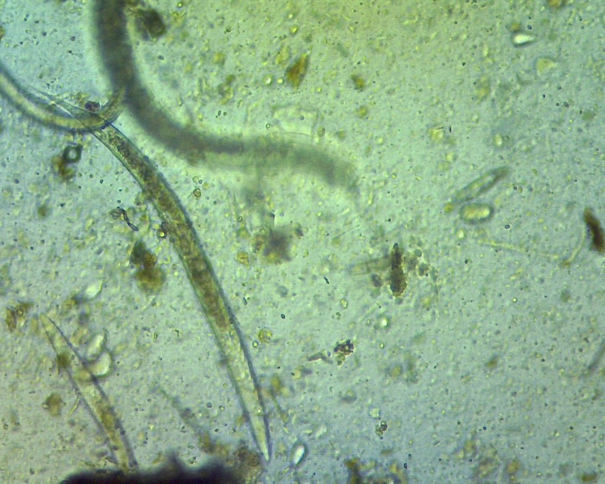
Wood Betony
Stachys officinalis
Mint Family (Lamiaceae)

Wood betony, native to Europe, was historically used for many physical health issues, and also considered to have metaphysical effects. The way it used to be used was more as a tonic, meaning it nudged the body toward correction of an imbalance, slowly and over time. It also had more immediate effects for particular issues. According to Matthew Wood, wood betony facilitates groundedness, supporting people disconnected from their bodies or the earth. He notes that it strengthens the stomach and nervous system, and also improves the action of other organs such as lungs, liver, gallbladder, intestines, kidneys, and uterus (Wood 1997, cited in Blank, n.d.). Ryn Midura (n.d.) similarly notes that wood betony is a premier herb for grounding and reintegrating mind and body, and of use to people experiencing disconnection due to trauma or from cerebral pursuits that entail being ‘in the head’.
Although wood betony is an understudied herb in terms of in vitro (outside of a living organism) or in vivo (in a living organism) studies, a Polish study to assess constituents in cultivated wood betony showed a variety of compounds present. The study was done because wild wood betony was in decline. It found tannins, phenolic acids, and flavonoids, and among the flavonoids the dominant compounds were caffeic acid and apigenin (Baczek et al., 2016). These substances all have medicinal properties.
Nervous system
Wood betony has traditionally been used to relieve tension from the mind and body, and to alleviate a variety of headache types (Midura, n.d., Smith, n.d.). Rynn Midura (n.d.) notes that this is due to its downward directional effect as well as its ability to release tension in constricted muscles around the head and neck; for similar reasons, it can help with epilepsy and other shaking conditions.
Inflammation modulation
In an animal study, Stachys officinalis, was found to reduce the development of inflammatory edema by 26.6 percent when given orally, and by 45.4 percent when administered intraperitoneally (injected into abdomen) (Háznagy-Radnai et al., 2011). In addition, the main iridoid constituents were also administered, and the greatest dose-dependent effects were found with aucubin and harpagoside, indicating that these may have the inflammation-modulating effect. Aucubin is also known to be present in plantago (plantain) species.
This suggests that it may be used in similar ways as plantain, such as to help heal inflammations or irritations in the digestive system, urinary system, mouth or throat, or skin.
Digestive system
Wood betony has been used traditionally to support digestion and alleviate digestive distress; it also is thought to gently stimulate bile flow, which can also enhance digestion (Midura, n.d.). In particular, when drunk before or during meals assists with digestion of meat (Blank, n.d.)
Urinary & menstrual health
Traditionally, wood betony has been used to stimulate stuck menses, expel afterbirth, and also help with premenstrual syndrome and cramping (Tobyn et al., 2011). It has also been used as a diuretic and to alleviate agitation in the urinary system (Tobyn et al., 2011).
Fever
Wood betony is considered to relax the skin surface, facilitating the heat of fever to escape (Midura, n.d.)
Plant preparations
Internal
- Infusion
- Tincture
External
- Poultice
- Bath/foot bath